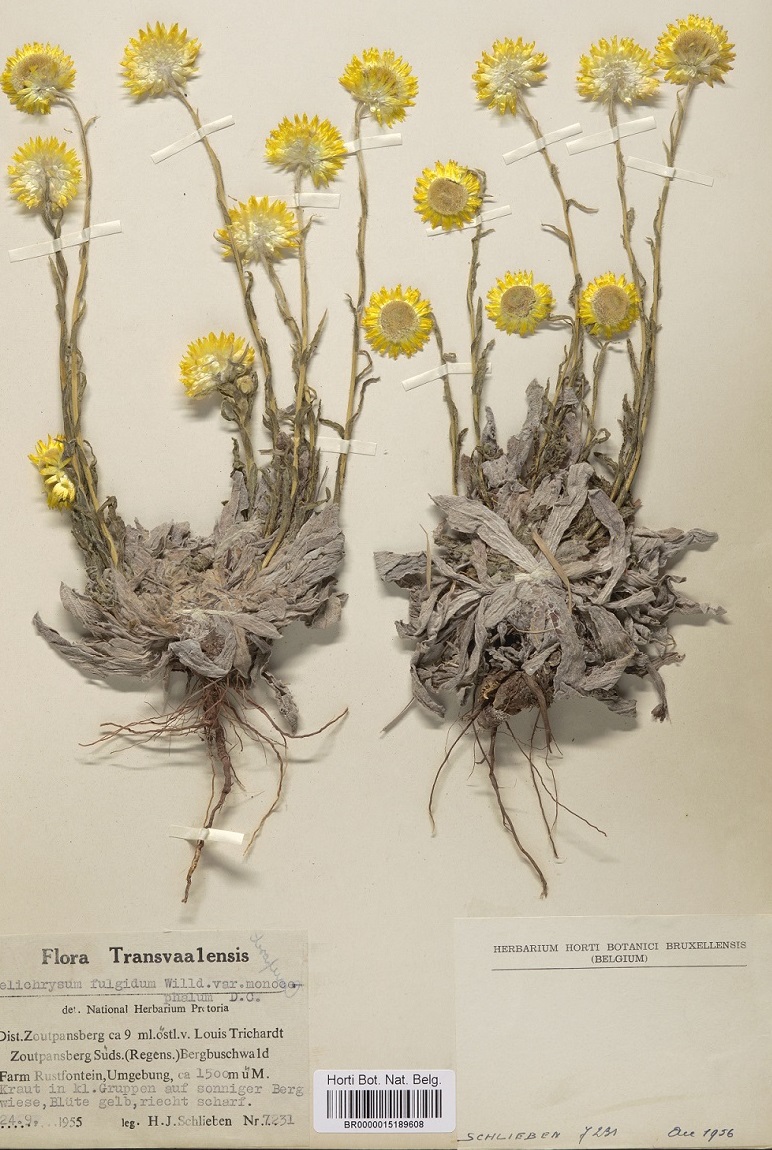With over 12 petabytes of data in their archive system, meemoo is treasuring Flemish audiovisual heritage for the future. Aided by Belnet’s high-performance and stable connectivity, meemoo is able to accomplish large-scale archiving projects.
VIAA (The Flemish Archiving Institute) was recently renamed ‘meemoo, Flemish Institute for Archives’. The organisation’s mission includes digitisation, archiving and accessing audiovisual material from cultural institutions, media organisations and government institutions. Belnet spoke to Matthias Priem, Archiving Manager at meemoo.
Durable digitisation and archiving
Around 150 content partners, ranging from museums to national and regional broadcasters, call on meemoo’s expertise for the durable digitisation and storage of their audiovisual material.
Meemoo does not do the digitisation itself, but employs external partners to do it for them. “There are several reasons for this. On the one hand, digitisation requires very specific equipment, and on the other, we can offer our content partners economies of scale by grouping their requirements”, explains Matthias Priem.
We digitise not only analogue material, but also material with digital origins. Digital media are highly vulnerable, making durable storage essential.
Meemoo ensures that the files cannot get lost and remain perfectly intact. “We also provide a number of copies for redundancy reasons. We have two data centres where digital copies are kept, and we also have a bunker in which to store a physical copy. In this way, we can be sure that digitised material will also be retained for future generations”.
“Using Belnet’s high-performance connectivity we are able to process masses of audiovisual material every day.”
Matthias Priem, meemoo
High-performance connection via Belnet
When it comes to volume, VRT is one of meemoo’s biggest content partners. Matthias Priem: “3 terabytes of data are sent to our data centres by the VRT on a daily basis. The fact that the VRT is connected with the Belnet network means that this traffic can reach us very quickly and safely. Everything is sent via the high-performance Belnet connection. We notice a real difference with smaller organisations, who often lack sufficient connectivity, which means that we need to physically transfer the material to our data centres”.
Win-win situation
“It’s a win-win collaboration with our content partners: meemoo covers the cost of digitisation and a share of the archiving costs. In return, meemoo receives a licence to give certain audiences access to the digital content. A lovely example of this is the project “Het Archief voor Onderwijs” (The Teaching Archive), a platform on which teachers can find a wide selection of audiovisual teaching material that can be used to make their lessons more interactive”.
Accessible to the general public
The general public are among those to reap the rewards of meemoo’s work. Anyone can search through over a million audiovisual items on "Het Archief" (The Archive). It is not possible to view or listen to the material, due to copyright legislation. Meemoo does, however, try to give online access to material that is no longer under copyright and therefore now in the public domain. For example, this applies to the News of the Great War. On this site, users have access to hundreds of thousands of newspaper pages dating back to the First World War.
Challenges for the future
Meemoo recently added open knowledge to its operations, as a fourth aspect alongside digitisation, archiving and access. “This involves sharing our expertise with other organisations and playing an advisory role in the sector. In this way, we wish to contribute to the fast-moving digital transformation”.
The organisation is already looking ahead and sees plenty of challenges. “The shift to the cloud is certainly one of these. This means we shall continue to need safe and effective connections in the future”, confirms Matthias Priem.
Digital herbarium of the Meise Botanic Garden
Meise Botanic Garden stores a herbarium with a collection of millions of samples of plants from different continents. Meemoo is taking care of the durable archiving of this unique collection.
Millions of digitised samples
Following phase one of the project, in 2017, 1.2 million digitised samples from Meise Botanic Garden could already be found in meemoo’s archive system. Phase two was launched in 2019 and will involve the digitisation of a further 1.5 million herbarium specimens.
Fully automated process
Meise Botanic Garden sends the digital files to meemoo’s data centres via the Belnet network. From there, the images undergo further processing. This process is managed fully automatically, making it possible to process up to 5,000 files per day.
The herbarium images are being stored safely, so that they can be consulted in the future. Curious to see the result? Take a peek at the digital herbarium.
